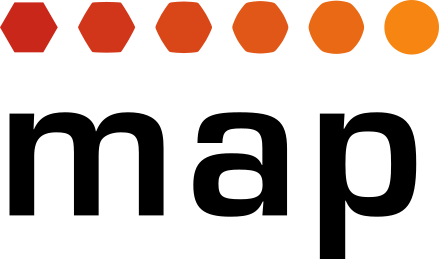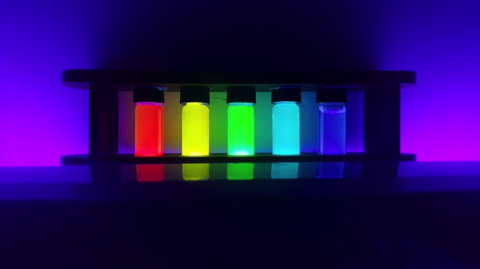2023 Nobel prize for chemistry and its relation to MAP
The 2023 Nobel prize in Chemistry was awarded to the discovery and the tuning of light emission of semiconductor nanoparticles, known as quantum dots.
These tiny particles emit light with unprecedented purity and can be applied in many different fields, including light emitting devices, such as diodes, in energy applications, for example in solar cells, or in biomedical technologies, where they are useful as non-bleachable markers to label cells. Most of you have probably seen QDs in action in the latest generation of TV screens that use QDs to enhance coloration and contrast. Importantly, such QDs provide tailored light emission simply by changing the size of the particles without having to develop new materials.
This nobel prize shows nanoscience and nanotechnology at its best. From the fundamentals of size-dependent properties and the laws governing optical properties at smallest scales, to the synthetic efforts needed to produce such materials with highest control, to the application in diverse fields of technology, quantum dots encompass all that is exciting about the smallest scales in materials design.
The Nobel prize highlights that nanoscience and nanotechnology is as important as ever. MAP broadly covers this important area as one of the four Focal Subjects that are at the core of its education. Within the MAP program, you will thus get a detailed understanding of everything that is needed to control materials at the nanoscale – as for example in quantum dots.
Prof. Vogel introduces the physics governing optical properties at the nanoscale in “Basics in Nanomaterials and Nanotechnology I”, Prof. Spiecker shows how to see and characterize such small things – essential to establish structure-property relations (“Nanomaterials and Nanotechnology II”), while Prof. Klupp Taylor focuses on how to control syntheses to create nanoparticles with high control and uniformity (“Nanotechnology of disperse systems”) – a central task to exploit their fascinating optical properties in any application. Prof. Brabec finally showcases how to integrate such nanomaterials into functional devices, for example light emitting diodes or solar cells (“Advanced Semiconductor Technologies – Processing”).
Our lecturers carry out hands-on research on this topic in the collaborative research center 1411 – design of particulate products. CRC1411, now at the end of its first funding period, focuses on the rational design of optically active nanoparticles, including quantum dots, and offers the perfect environment for students to gain direct experience on cutting edge research topics during miniprojects and Master’s theses.
Find the official press release, and explanations for experts and the general public on the Nobel Prize official website.
By MAP chair Prof. Nicolas Vogel

